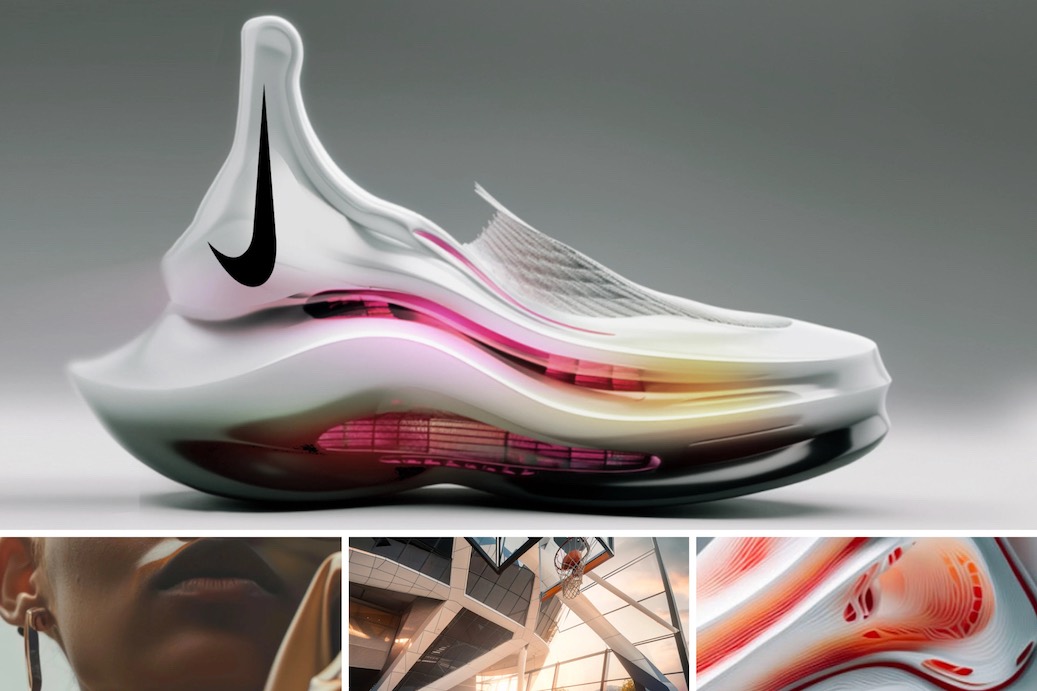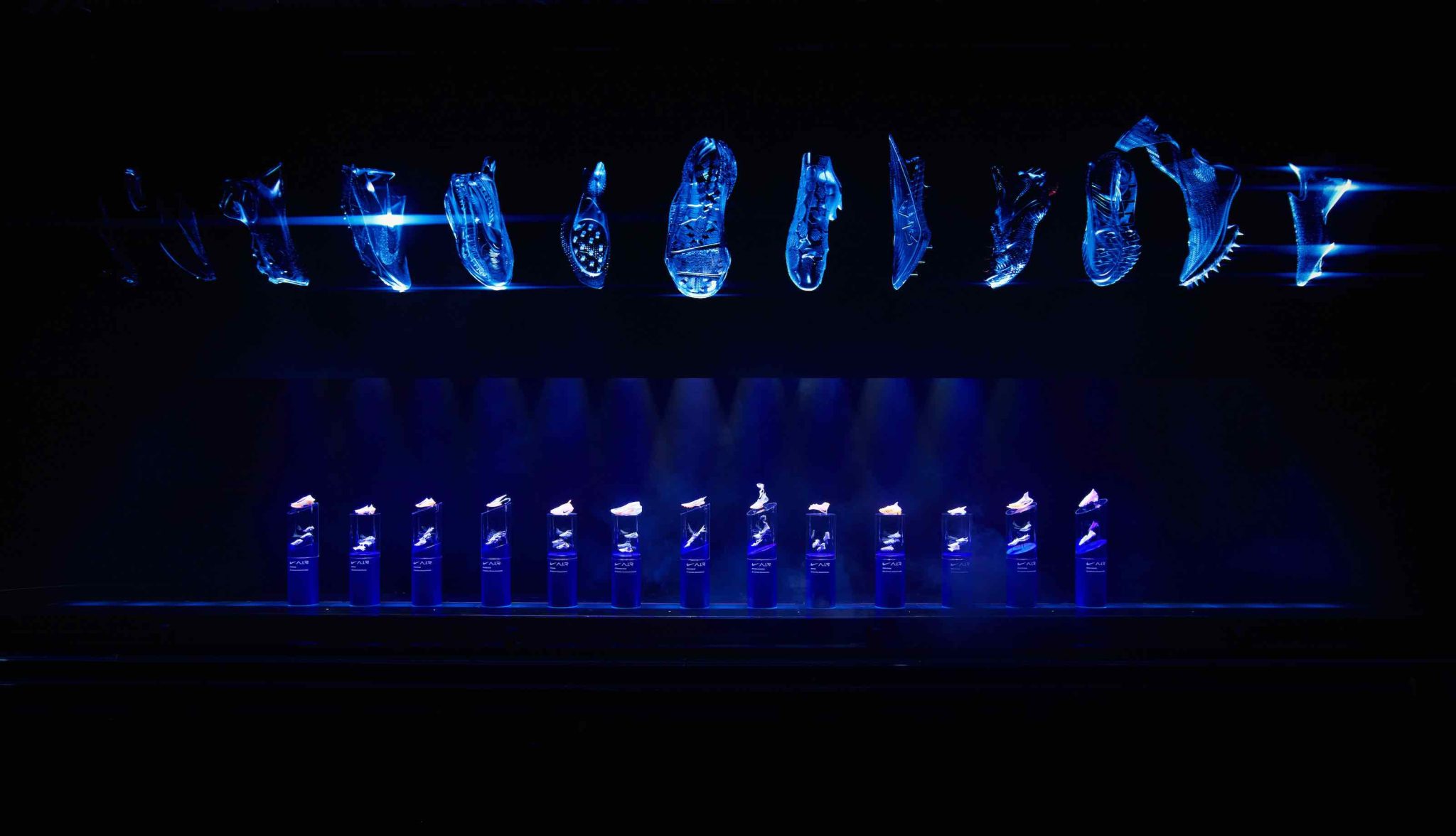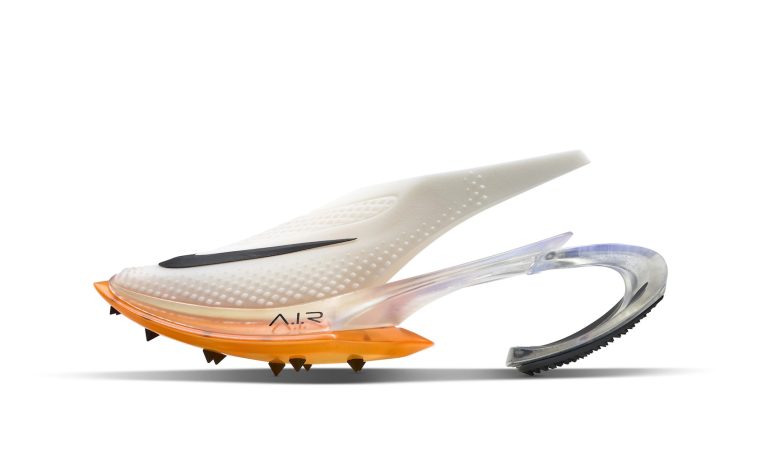In “Nike, AI and World-Class Athletes Create Reality-Bending 3D Printed Footwear,” you dive into the pioneering collaboration between Nike, artificial intelligence, and elite athletes that is revolutionizing sportswear. As the Paris 2024 Olympics approached, Nike showcased a collection of 3D printed shoes designed through an innovative co-creation process that integrates AI-driven designs with athletes’ personal insights and preferences. The outcome is an astounding series of footwear tailored to the exact specifications of athletes like Serena Williams and Sha’Carri Richardson, combining cutting-edge technology and personal creativity to push the boundaries of athletic performance. From initial sketches to the final 3D printed prototypes revealed in Paris, this initiative highlights Nike’s commitment to innovation and the endless potential that AI and 3D printing hold for the future of sportswear. Have you ever wondered what goes into creating the advanced footwear that top athletes wear during competition? Beyond the layers of eye-popping designs and performance enhancements lies an intricate blend of technology, collaboration, and sheer innovation. Welcome to a world where Nike, artificial intelligence, and world-class athletes create reality-bending, 3D-printed footwear.

Buy Photon Mono M5 Get Free 1KG Resin
The Inspiration Behind Next-Level Footwear
Driving Innovation at the Olympics
The Olympics aren’t just a stage for competition; they’re a catalyst for innovation. In the lead-up to the Paris 2024 Olympics, Nike seized this priceless opportunity to spotlight the fusion of tradition and technology. During an event at the historic Palais Brongniart as part of the Nike Air Innovation Summit, the audience was treated to a remarkable display of Team USA’s uniforms and wearables. It was here that 13 pairs of groundbreaking shoes, co-created with elite athletes and designed using AI and 3D printing, were unveiled. Their sheer innovation left many in awe, setting a new benchmark for sportswear.
The A.I.R. Initiative
Dubbed the “Athlete Imagined Revolution” (A.I.R.), this initiative aims to create custom footwear that shatters existing boundaries. Spearheaded by Nike’s Chief Innovation Officer, John Hoke, the A.I.R. initiative is described as a collaborative project between Nike’s designers and 13 of the brand’s elite athletes. Imagine a dream team including Serena Williams, Sha’Carri Richardson, Kylian Mbappé, and many more, combining their athletic prowess with cutting-edge AI to reimagine footwear.
The Technology that Makes it Possible
The Role of Artificial Intelligence
Artificial intelligence is the secret sauce that brings the innovation in Nike’s footwear to life. The process begins with detailed interviews between Nike’s design teams and athletes. These interviews gather not just performance data but also personal insights and preferences. With these inputs, AI generates a wide range of potential designs, which serve as a starting point for the creative process.
The 3D Printing Revolution
3D printing is a game-changer in footwear design. With this technology, Nike can swiftly transform AI-generated inspirations into physical prototypes. This allows for rapid testing and iterative improvements. In a matter of days, a concept discussed in a meeting can be turned into a tangible product ready for an athlete to test. This eliminates delays and accelerates innovation cycles.

$30 off $400+ Anycubic Products with code AC30OFF
Athletes at the Heart of Design
Sha’Carri Richardson’s Graceful Vision
Take Sha’Carri Richardson, for example. Known for her strength and determination, one might expect her to opt for a rugged, battle-ready design. However, when consulted, she shared a dream of a graceful, harmonious shoe. Thus, Nike focused on an underfoot unit that blends beautifully into the upper part of the shoe and extends up the leg sleeve. “When you think of Sha’Carri, you think of strength, power, and determination,” said Roger Chen, Nike VP, NXT, Digital Product Creation.
The Personal Touch
Nike’s design process goes beyond athletic performance to tap into personal inspirations. Athletes were asked about their ideal footwear, including whether they preferred a wild or conservative design. They also delved into their personal inspirations. This wealth of information was fed into AI algorithms to generate a plethora of design options, which served as “inspiration points” for both the Nike team and the athletes.
The Unveiling: Nike On Air in Paris
A Grand Showcase
April 11th, 2024, marked a significant date on the calendar—Nike On Air in Paris. Here, the 3D-printed shoe designs were revealed in all their glory. Designed to forecast the future of performance footwear, these shoes were co-created to the exact specifications of champion athletes. “These groundbreaking Nike Air designs forecast the future of performance footwear,” said Heidi O’Neill, President of Consumer, Product & Brand at Nike.
A Multiyear Cycle of Innovation
According to O’Neill, “At the heart of all we do is the athlete. We exist to push boundaries and take risks on their behalf.” This sentiment encapsulates Nike’s dedication to leveraging advanced technologies like AI and 3D printing to continually push the envelope. The unveiling in Paris was just the beginning of a multiyear innovation cycle aimed at revolutionizing sportswear and providing athletes with an unparalleled edge.

Harnessing Nearly 50 Years of Nike Air Technology
The Untapped Potential
John Hoke articulated it best: “For these prototypes to be successful, they must stir emotions. They must evoke a sense of awe for what lies just beyond the horizon.” Nike Air is almost 50 years old, yet, according to Hoke, “We’re only at the cusp of harnessing Air’s potential, its full expression.” This is not mere hyperbole. Each new design underscores the untapped possibilities that lie ahead.
Evoking Emotion and Optimism
In Hoke’s view, the true success of these prototypes is measured not just in performance metrics but also in emotional impact. The aim is to evoke awe and optimism, inspiring athletes and the general public alike to look toward the future with excitement. These shoes are more than just gear; they are symbols of unlimited potential and optimism.
Beyond the Footwear: A Broader Impact
Impacts on the Industry
This groundbreaking collaboration between Nike, AI, and top-tier athletes is poised to have ripple effects beyond just footwear. The entire sports gear industry stands to benefit from these advancements. Smaller brands may follow suit, adopting similar technologies to compete on a global scale. This could usher in a new era of rapid innovation across the board.
The Role of Computational Design and Simulation Software
In bringing these innovative designs to life, Nike heavily leveraged computational design and simulation software. These tools allow for precise tweaks and adjustments to be made swiftly, ensuring that the final product is as close to perfection as possible. The inclusion of these technologies not only speeds up the design process but also allows for unprecedented levels of customization.

Testimonials from the Front Line
Victor Wembanyama: The Visionary
Among the athletes involved, Victor Wembanyama’s contributions stood out. A soon-to-be basketball prodigy, Wembanyama envisioned a design that broke traditional norms. His idea was to blend his love for the sport with his aspirations, giving rise to a revolutionary basketball shoe. “It’s not just about playing the game; it’s about feeling part of something bigger,” he said.
Kylian Mbappé: Setting the Field Alight
Kylian Mbappé’s input epitomized the spirit of the collaboration. The French soccer star brought a unique perspective to the table, emphasizing the need for footwear that enhances agility and speed without compromising comfort. “Every sprint, every maneuver, it all adds up, and you need footwear that can keep up with your ambitions,” Mbappé noted.
A’ja Wilson: A Nod to Tradition
For basketball player A’ja Wilson, this project was about creating shoes that are not just functional but also imbued with cultural significance. She wanted her footwear to echo the essence of the game, enriched with subtle nods to her heritage and inspiration. “Basketball has always been more than just a sport to me; this project was an opportunity to capture that essence in what I wear on the court,” she shared.
Future Expectations and Possibilities
A Continued Commitment to Innovation
Nike’s venture into AI and 3D printing for footwear is not a one-off experiment. It signifies a long-term commitment to pushing the envelope in sportswear innovation. This project serves as a precursor to what we can expect in the future: personalized, technologically advanced footwear that sets new standards.
Market Impacts
The impact on the consumer products additive manufacturing (AM) segment is expected to be substantial. In 2023, consumer products AM generated $2.6 billion and is forecasted to grow to $28 billion by 2033 at a CAGR of 26.8%. This growth will likely be driven by innovations like those from Nike, proving that the enveloping hands of AI and 3D printing hold the future tightly.
Evaluating the Market Growth
| Year | Consumer Products AM Revenue (in billions $) | Expected Growth Rate (%) |
|---|---|---|
| 2023 | 2.6 | 26.8 |
| 2033 | 28 |

Enabling Personal and Performance Growth
Juggling Tradition and Modernity
With this venture, Nike has hit a sweet spot between honoring tradition and embracing modernity. The approach shows that technology and tradition can coexist, driving innovation while respecting the past.
Athlete-Centric Approach
At its core, this initiative is about catering to the athlete’s unique needs. From a runner’s sprint to a basketball player’s jump, the footwear co-created under this initiative is designed to enhance every aspect of an athlete’s performance. “We exist to push boundaries and take risks on their behalf,” O’Neill said, encapsulating Nike’s athlete-first ethos.
Conclusion: A Glimpse Into the Future
In the end, Nike’s collaboration with AI and world-class athletes to create 3D-printed footwear transcends mere design and performance. It’s a testament to what can be achieved when technology and sports intersect in meaningful ways. As we look towards future Olympics and sports events, this blend of AI, 3D printing, and athlete insights promises to keep pushing the boundaries of what’s possible. So next time you watch your favorite athlete compete, remember the intricate blend of innovation that powers their every move. This isn’t just the future of footwear—it’s the future of sports.
Buy Photon Mono M5 Get Free 1KG Resin








